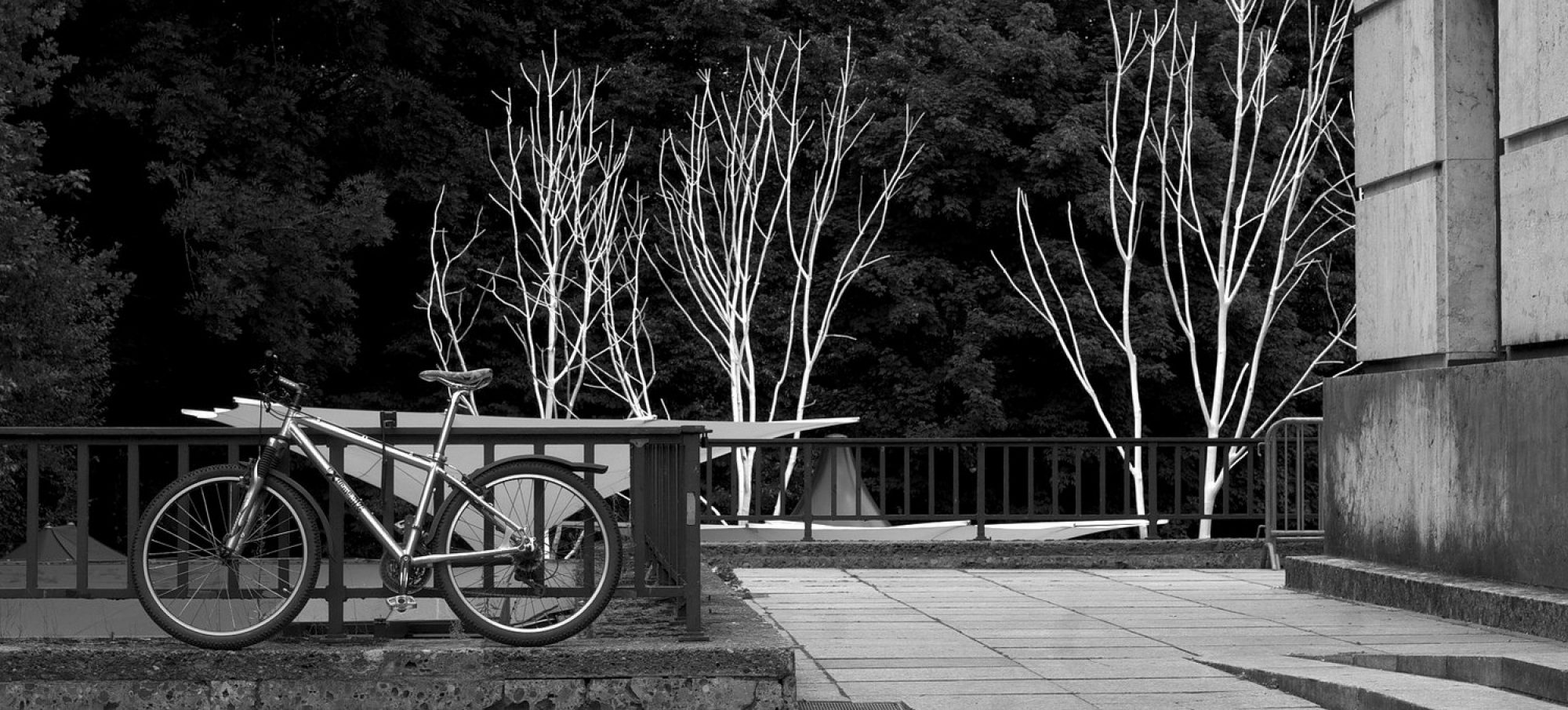Toronto Mayor Doug Ford has been quoted as saying that congestion in Toronto can be reduced through “driving efficiencies”. He suggests that some of these could be realized by drivers were faster to drive off when the signal turns green “or didn’t stop at a crosswalk when a pedestrian is still five feet from the road […]. You can’t blame everything on the car, you know.”
Perhaps I’m reading too much into this, but it sounds a bit like the Mayor is blaming pedestrians, in part (treating “car” as a a synecdoche for the combination of driver and car — just like “guns don’t kill people; people kill people”). Even if he’s not, what are those “efficiencies” going to total (and at what cost to safety)? Since, being who he is, Mayor Ford did not mean that people should abandon private automotive transport. Thus, what I had first thought he meant was gains in efficiency from improved traffic flow routing via smart billboards displaying traffic conditions or from expanding the network of lanes that change direction depending on the time of day.
However, there are a whole host of other “driving efficiencies” that can also be gained without pointing fingers or having drivers leave their cars. I’m not advocating that any of these be implemented; they’re just another set of ways to achieve “driving efficiencies”.
In the near term, the scope of Toronto’s Main Traffic Signal System (MTSS) can be expanded to encompass the rest of the traffic signals. MTSS has (I’m assuming) proven itself to be useful at improving traffic flow. One way that it accomplishes this is by attempting to maximize traffic flow along main roads at the expense of traffic on minor roads. MTSS is also designed to maximize runs of green lights for a series of cars. That is, a platoon of cars will be encompassed by a green wave, minimizing the number of stops they make. One possible gain in efficiency is through improved algorithms or changing speed limits to alter the platoon size.
Within a slightly longer time frame, green light countdowns could be installed. Like their pedestrian (but far from mundane) cousins, the number of seconds until a light change can be shown. However, instead of counting down until a red light, they count down towards a green one, allowing vehicles approaching a red light to reduce their speed such that they don’t need to come to a complete stop. Not only does this allow individual vehicles to reducing their travel time by being at a higher velocity when the light changes and reducing emissions, it has a cascading effect and increases the size of a platoon that enters a green wave. Separately, a generation of smarter navigation devices (including iPhones and a connected GPS) can be used to dynamically route traffic by providing directions for the least-congested route.
Even further into the future, (semi-)automated vehicles can form tightly-packed platoons with very little headspace between vehicles. They have the added benefit of reducing aerodynamic drag, improving fuel efficiency, a bit like how migratory birds reduce the energy required by the group by flying in formation (not to be confused with using CDs as frisbees; that’s flying information).
There’s plenty of room for innovation (here’s an interesting read) and Canadians have been part of that. The partial cloverleaf interchange (parclo) from the 1960s, which improves safety by reducing weaving on highways, is a design that originated right here in Ontario! With some great engineering schools in the province, surely we can contribute something towards technologies and policies that can reduce congestion and GHG emissions! So let’s be a little more Canadian and stop passing the buck regarding “driving efficiencies”, eh?

Green light countdowns can be deadly if they don’t work properly. Red light countdowns sometimes don’t work properly as in the light does not change into red after the countdown or the countdown is a bit early. Stopping on a green light is not as dangerous as in going through a red light.
This guy never ceases to amaze, does he. This sounds ripe for an Inflo debunking.